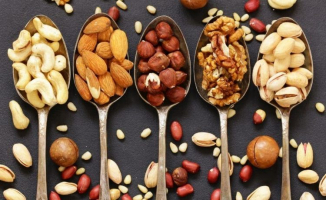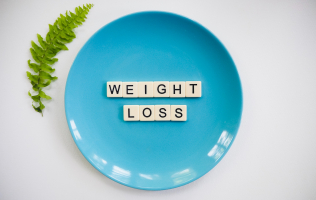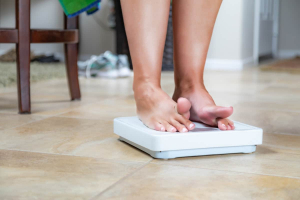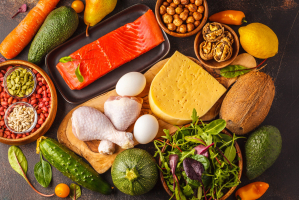Top 10 Best Diet Plans for Weight Loss
When it comes to losing weight, it's essential to select the most appropriate, long-term, and successful eating plan. Let's find out the Top 10 Best Diet Plans ... read more...for Weight Loss below!
-
Intermittent fasting means going without food for a period of time, either completely or partially, before eating normally again. According to some research, this type of eating can help you lose weight, improve your health, and live longer. Intermittent fasting advocates believe that it is simpler to stick to than typical calorie-controlled diets.
Many diets emphasize what to eat, whereas intermittent fasting focuses on when to eat. Intermittent fasting is when you only eat at certain times of the day. Fasting for a set number of hours each day or eating only one meal a couple of times a week can aid in fat loss. Scientific data also suggests that there are certain health advantages. Intermittent fasting may be done in a variety of methods, but they all revolve around choosing regular eating and fasting times. For example, you may try eating just for eight hours a day and fasting for the rest of the day. Alternatively, you might opt to eat only one meal each day two days per week. There are a variety of intermittent fasting schedules to choose from.

Intermittent Fasting 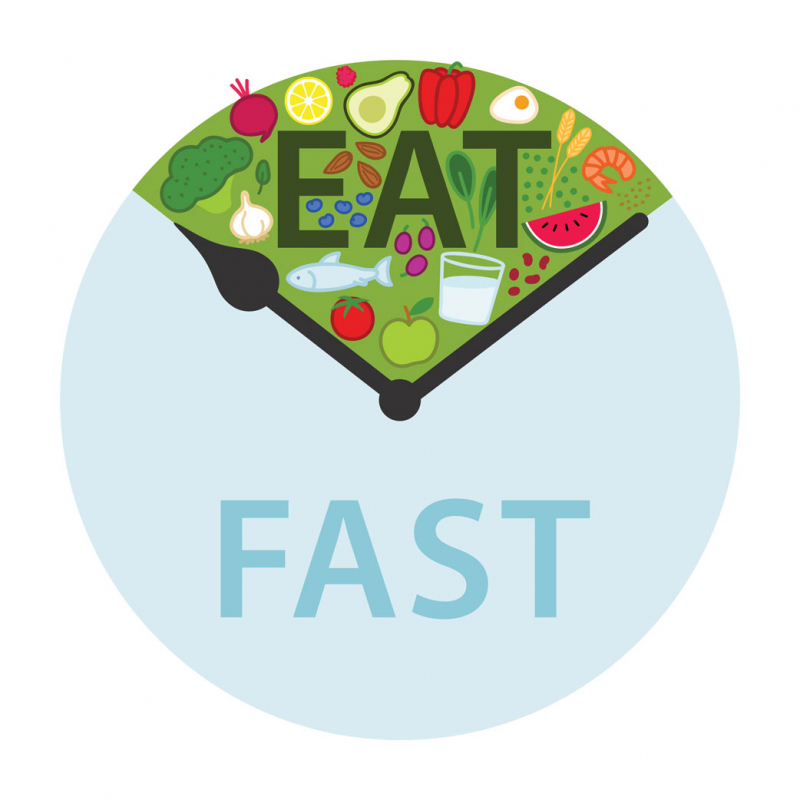
Intermittent Fasting -
The ketogenic diet (also known as the keto diet) is a low-carb, high-fat diet with numerous health advantages. Many studies have shown that eating this way can help you lose weight and improve your health.
There is not a standard keto diet with a specific ratio of macronutrients (carbs, proteins, fats). Because the keto diet is low in carbohydrates and rich in protein and fat. It usually includes lots of meat, eggs, sausages, cheese, fish, nuts, butter, oils, seeds and vegetables. Popular Keto diets include 70-80% fat from total daily calories, 5-10% carbohydrates and 10-20% protein. It entails substantially lowering carbohydrate consumption and substituting fat. This decrease in carbohydrates causes your body to enter a metabolic condition known as ketosis. In this status, your body becomes very effective at burning fat for energy. Keto diets can lower blood sugar and insulin levels significantly. This is an effective way to lose weight and lower risk factors for disease.
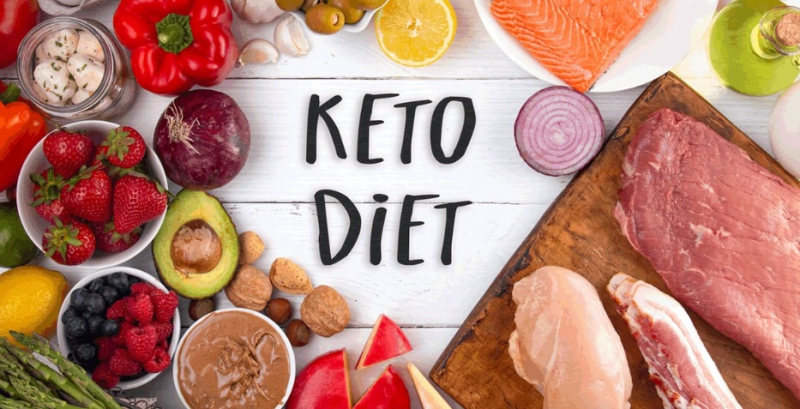
Keto Diet 
Keto Diet -
Plant-based diets are likely to help you lose weight because they are high in fiber, which can help you feel filled for longer, and low in high-calorie fat. The most common varieties are vegetarianism and veganism, which prohibit animal products for health, ethical, and environmental reasons.
Vegetarianism can take numerous forms, but the majority of vegetarianism involves avoiding all meat, poultry, and fish. Some vegans skip eggs and dairy as well. All animal products, as well as animal-derived goods such as dairy, gelatin, honey, whey, casein, and albumin, are prohibited in the vegan diet. Because the flexitarian diet is more of a lifestyle change than a diet, there are no specific definite. It promotes a diet rich in fruits, vegetables, legumes, and whole grains, with protein and animal products allowed in moderation. Because several of the banned food groups are heavy in calories, restricting them may help you lose weight.

Plant-based diets 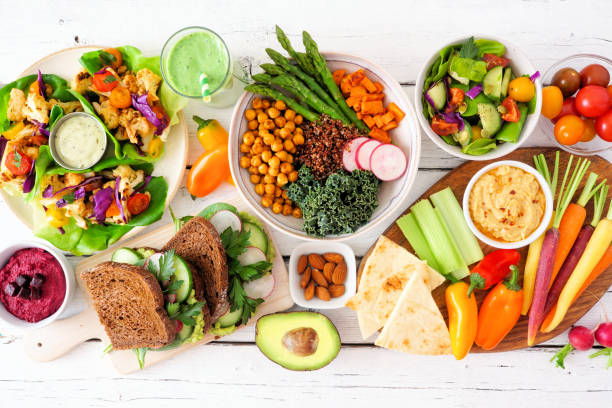
Plant-based diets -
The paleo diet is based on what our ancestors ate as hunter-gatherers thousands of years ago. Several studies have found that this diet can result in considerable weight reduction (without calorie tracking) and significant health advantages.
Whole foods, fruits, vegetables, lean meats, nuts, and seeds are all recommended in the paleo diet. Processed foods, carbohydrates, sugar, and dairy are all prohibited, while some less rigorous variants allow for the intake of limited dairy items such as cheese. The goal of a paleo diet is to eat in a way that is more similar to what has been eaten during the Paleolithic era. The paleo diet has been demonstrated in several studies to promote weight reduction and eliminate belly fat. For example, 14 healthy people who followed a paleo diet for three weeks dropped an average of 5.1 pounds (2.3 kg) and 0.6 inches off their waist.
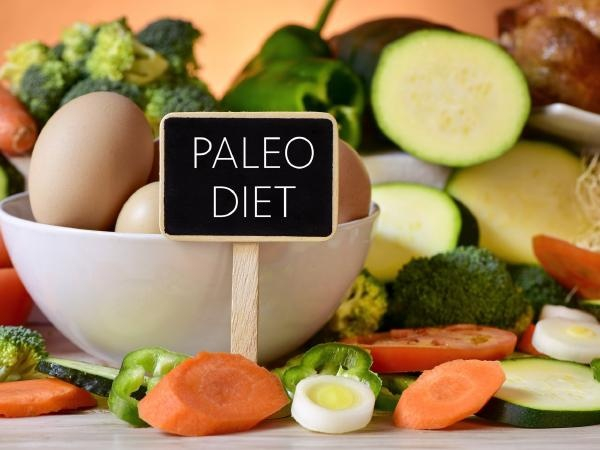
Paleo Diet 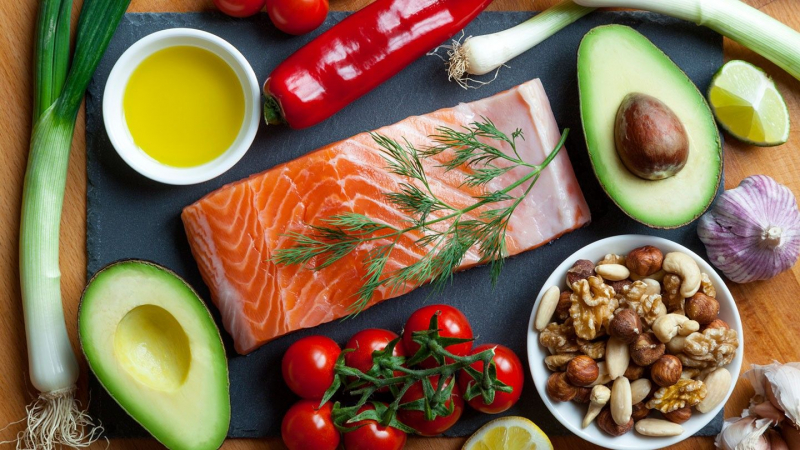
Paleo Diet -
The Mediterranean diet is a manner of eating that is inspired by the traditional cuisines of Greece, Italy, and other Mediterranean nations. Even though it was created to reduce the risk of heart disease, multiple studies have shown that it can also help with weight reduction.
Fruits, vegetables, nuts, seeds, legumes, tubers, whole grains, fish, seafood, and extra virgin olive oil are all recommended in the Mediterranean diet. Poultry, eggs, and dairy products should be consumed in moderation. Meanwhile, red meat is scarce. Refined grains, trans fats, refined oils, processed meats, added sugar, and other highly processed foods are restricted in the Mediterranean diet. Studies have demonstrated that the Mediterranean diet helps to more weight reduction than low-fat diets. It may also help to minimize the formation of abdominal fat, the risk of heart disease and type 2 diabetes.
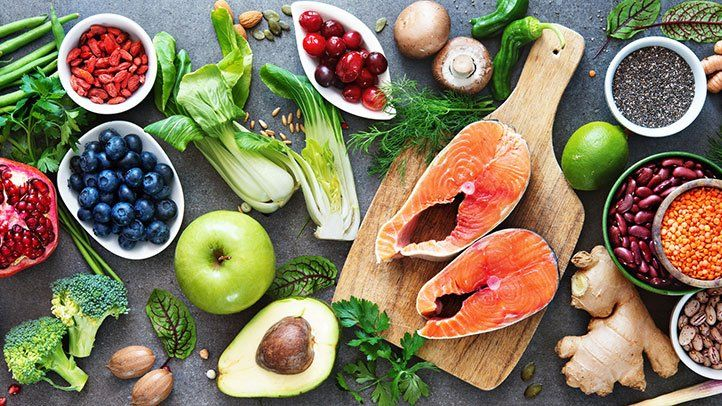
The Mediterranean diet 
The Mediterranean diet -
The DASH diet (Dietary Approaches to Stop Hypertension) is an eating plan meant to help treat or prevent high blood pressure, often known as hypertension. It focuses on eating a variety of fruits, vegetables, healthy grains, and lean meats while avoiding salt, red meat, added sweets, and saturated fat.
The DASH diet specifies how much of each food category should be consumed. The amount of servings you are permitted to consume is determined by your daily calorie consumption. For example, an average individual would have 5 servings of vegetables, 5 servings of fruit, 7 servings of healthy carbohydrates such as whole grains, 2 servings of low-fat dairy products, and 2 servings or less of lean meats each day. You're also permitted to consume nuts and seeds 2 - 3 times a week. The DASH diet has been shown in studies to aid weight loss. A review of 13 research indicated that persons who followed the DASH diet lost considerably more weight over the course of 8–24 weeks than those who followed a control diet.
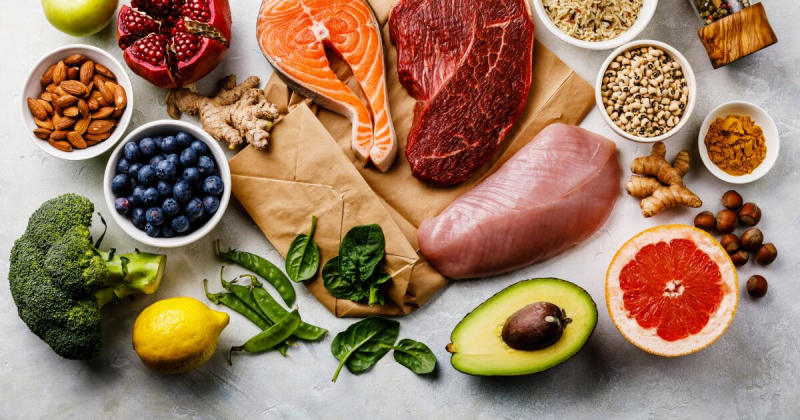
DASH Diet 
DASH Diet -
The raw food diet started in the early 1800s, but it only has gained popularity recently. Its proponents claim that eating largely raw foods is healthy for humans and has certain advantages, including weight loss and improved general health.
Raw food diets are mainly plant-based, consisting mostly of fruits, vegetables, nuts, and seeds, similar to veganism. The majority of raw food diets are entirely plant-based, but raw fish and meat are accepted as long as less frequent. According to supporters, cooking meals is also harmful to human health, since it eliminates natural enzymes in foods, diminishes vitamin content, and reduces the "life energy" that they think exists in all raw foods. People follow the raw food diet for the health and environmental benefits that it brings, such as weight loss, greater vitality, higher energy, improved chronic illness management, improved general health, and less environmental impact.
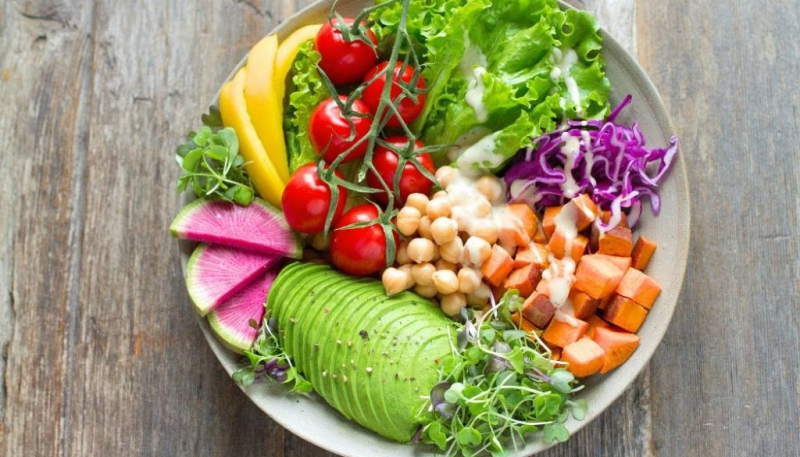
Raw Food Diet 
Raw Food Diet -
Low-fat diets have been popular for decades and sought-after by many people. A low-fat diet comprises limiting your fat consumption to 30% of your daily calories.
Low-fat diets limit fat consumption because fat contains around twice as many calories per gram as the other two macronutrients, protein and carbohydrates. There are some ultra-low-fat diets that have less than 10% fat calories, with carbohydrates accounting for about 80% of calories and protein accounting for 10%. The majority of ultra-low-fat diets are plant-based, with meat and animal foods being limited. Ultra-low-fat diets have been demonstrated to be effective, particularly in obese persons. An 8-week study of 56 people indicated that consuming a 7 - 14 percent fat diet resulted in an average weight loss of 14.8 pounds (6.7 kg).

Low-fat Diets 
Low-fat Diets -
WW, originally known as Weight Watchers, is one of the most well-known weight-loss programs in the world. Jean Nidetch created WW in her Queens, New York apartment in 1963. WW rapidly developed from its humble beginnings as a weekly weight-loss club for her friends to become one of the world's most popular diet programs.
WW is a point-based system that allocates a value to various meals and beverages based on their calorie, fat, and fiber levels. Even though there are no dietary restrictions, people on the WW plan must eat within their daily point limits in order to attain their desired weight. While healthy eating habits are recommended, members are free to eat anything they like as long as they keep under their daily SmartPoints allowance. If you want to lose weight slowly and steadily with food and lifestyle modifications, this diet is a wonderful option. The program has been proved in several studies to help people lose weight and keep it off. According to research published in The American Journal of Medicine, those who participated in WW lost more weight than those who tried to lose weight on their own.

WW (Weight Watchers) 
WW (Weight Watchers) -
The Atkins diet is a low-carbohydrate diet that is commonly used to lose weight. According to this diet, if you avoid high-carb meals, you can lose weight while consuming as much protein and fat as you want.
The diet is divided into four parts, starting with consisting of a few carbohydrates and gradually increasing carbs until you reach your ideal weight:
- Phase 1 (induction): For two weeks, eat less than 20 grams of carbohydrates per day. Consume a high-fat, high-protein diet accompanied by low-carb veggies such as leafy greens. This jump-starts the weight-loss process.
- Phase 2 (rebalancing): Increase the number of nuts, low-carb veggies, and modest amounts of fruit in your diet gradually.
- Phase 3 (fine-tuning): When you're near to your goal weight, add more carbs to your diet until weight loss slows down.
- Phase 4 (maintenance): You may consume as many nutritious carbohydrates as your body can manage in without gaining weight.
You might lose from 6 to 15 pounds in the first two weeks of the Atkins diet first phase. As your carbohydrate limitations ease, you might lose up to 3 pounds per week in the coming weeks. However, research reveals that low-carb diets like the Atkins diet are no more effective than typical weight-loss plans in the long run.

Atkins Diet 
Atkins Diet















